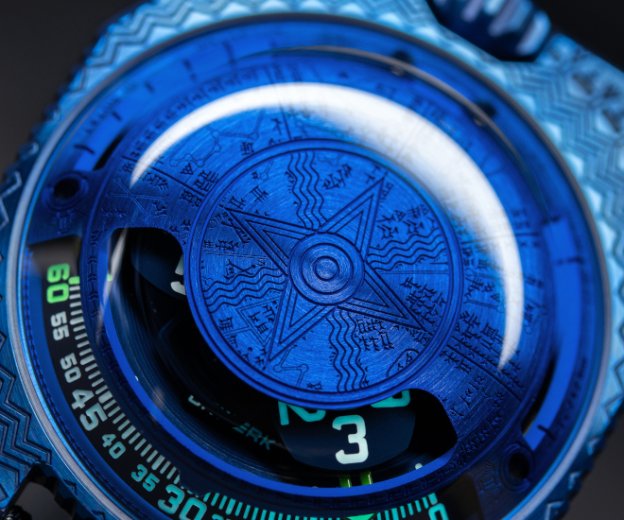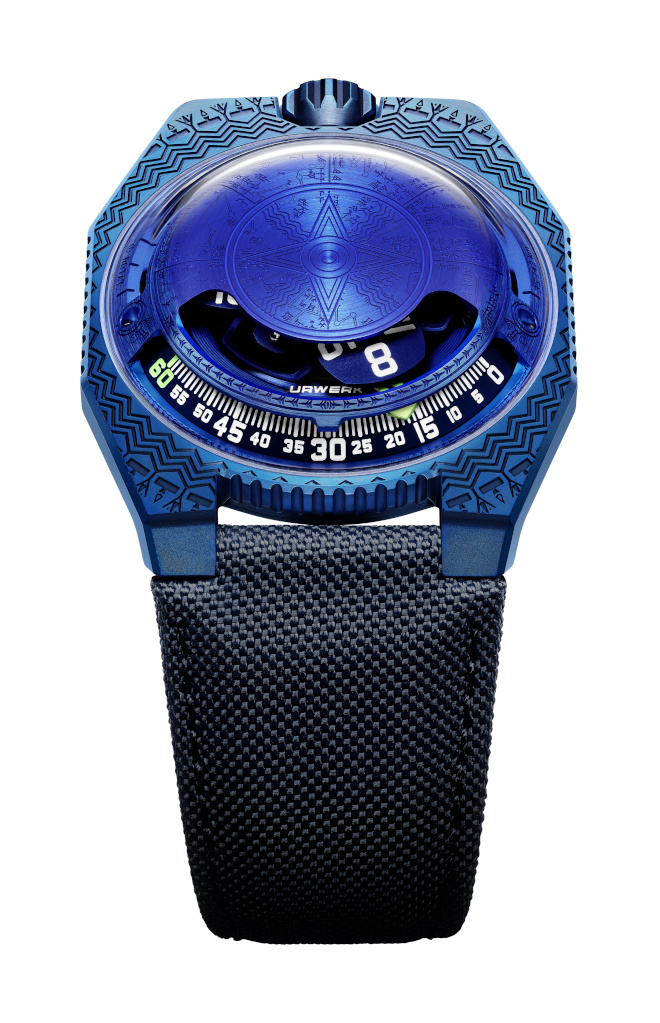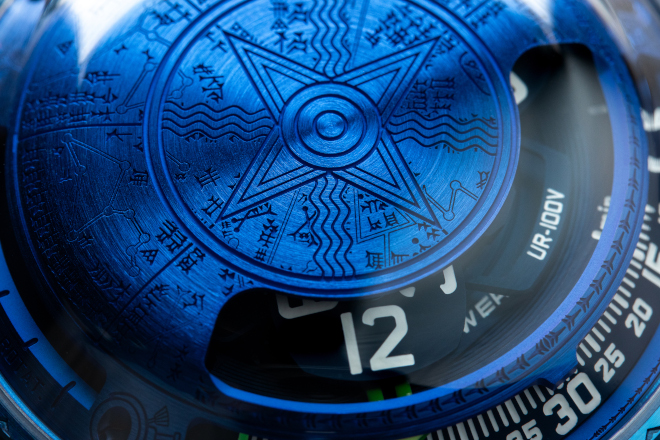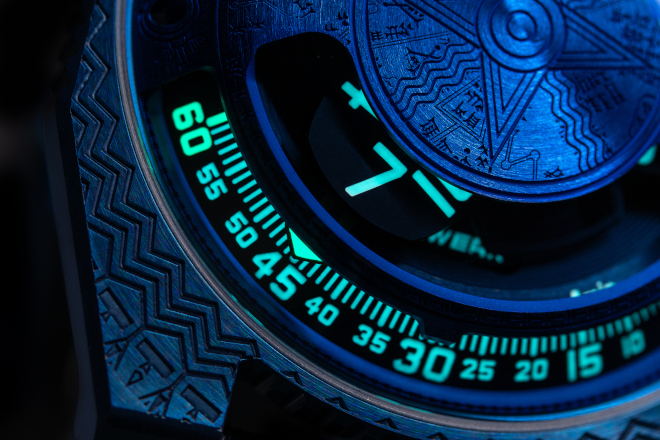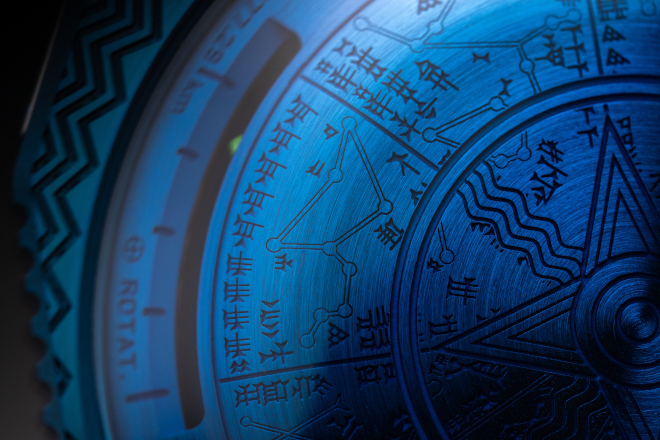
There is a reason why the watches in the independent watchmaking landscape look so different from one brand to the next. Unlike the traditional brands which have existed for centuries and have developed their own rigid design and watchmaking principles, those that venture into independent watchmaking do so for a variety of different reasons. Some go at it to break the rules of horology, others want to bring back the most traditional forms of watchmaking. For Ressence however, their goal was simple, to make a watch that tells time in the most legible and practical of ways.
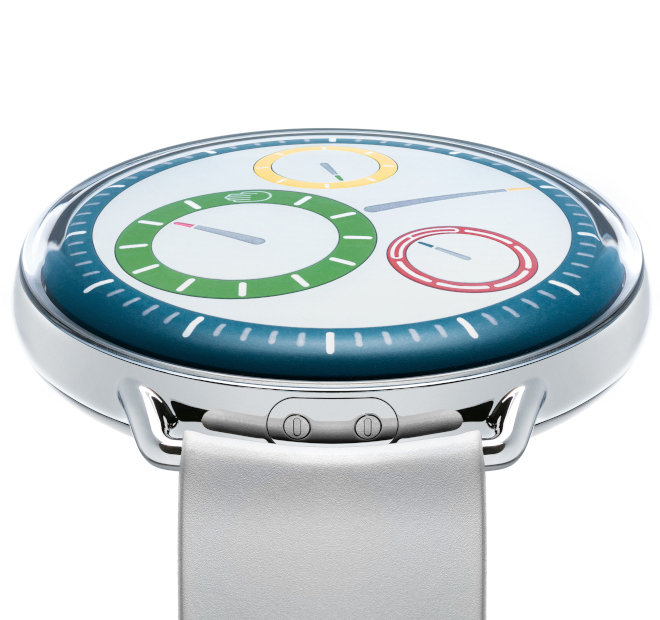
Ressence Type 1 M
This quest for legibility was the brainchild of Benoît Mintiens, the founder of Ressence. In his words “A product only gets its reason from its function. A product that has no function has no reason to exist. A watch is made to express time and so we thought, how can we maximise that?” By looking at this problem from through the lens of someone from outside of the watchmaking industry, the result is as innovative and as unorthodox as we soon found out.
Just by looking at the watch, its dial is unlike anything else on the market. The concept takes the basic premise of regulatorstyle watches and separates the hour and minute functions detaching them from the central axis that most watches use. The kicker is that as the minutes tick by, the entire disc rotates stringing along the little subdial for the hour that rotates on its axis as well. To aid in its legibility, the dial is also curved so it sits as close as possible to the domed sapphire crystal.
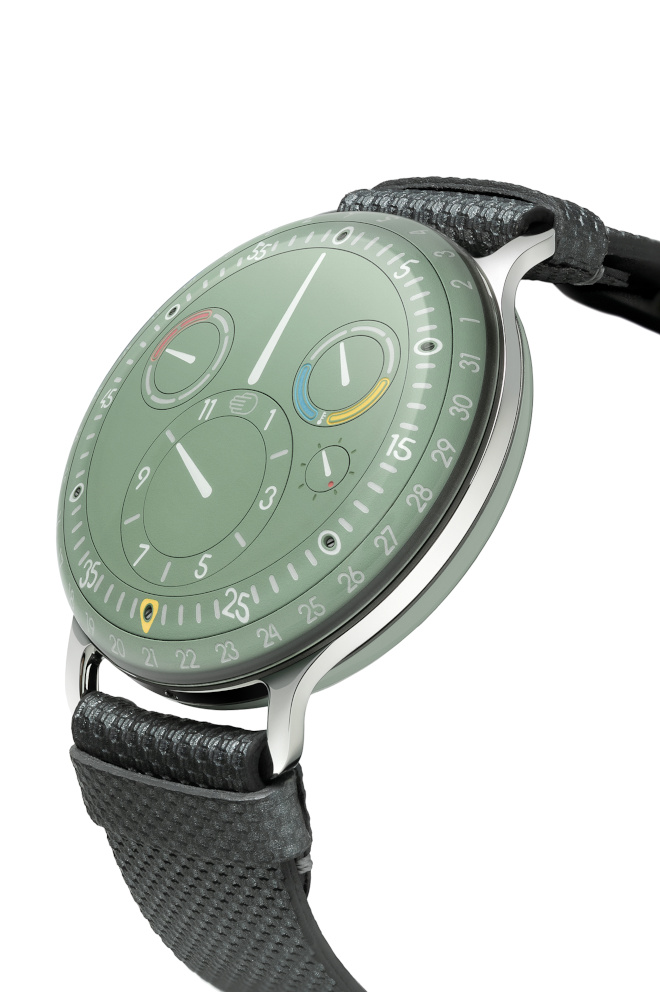
Ressence Type 3 EE
Although the Ressence watches, like the colourful new Ressence TYPE 1° M from their core collection, look to be on the funky, playful side, all of their watches actually pack some really clever innovations just beneath the domed dial. Arguably, there will be a camp of people that will not consider these innovations serious “horology” techniques, but it doesn’t change the fact that these are mechanical complications in their own right.
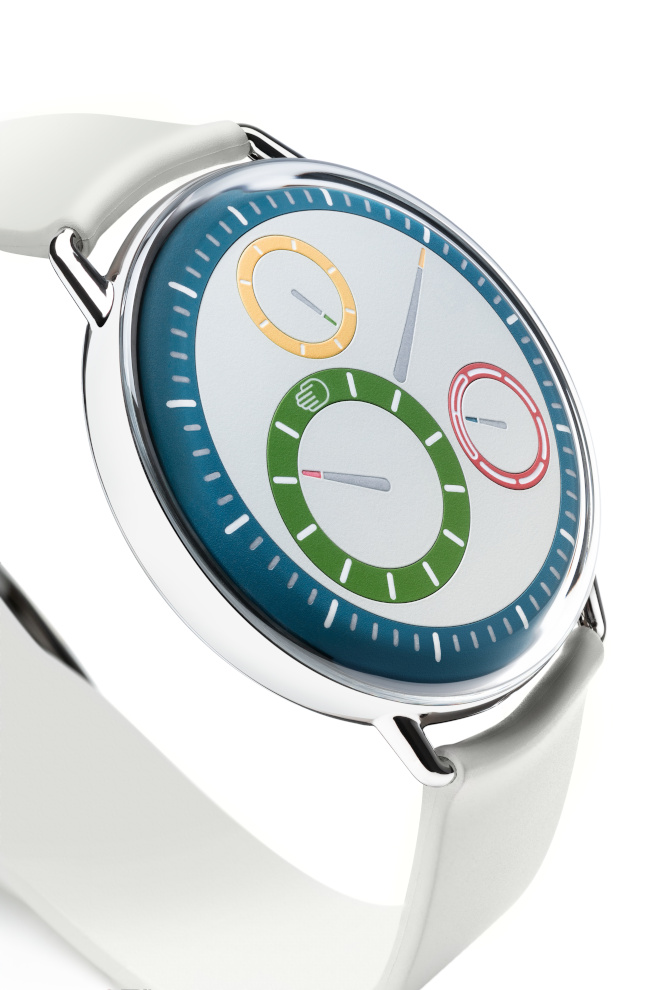
To drive this unique style of time telling, Mintiens imagined the ROCS module which stands for Ressence Orbital Convex System. The basic premise of this module is a series of gear trains that sit just underneath the convex dial and allow the watch to move in its orbital way. Meeting Mintiens at The Hour Glass boutique recently he demonstrated just how this system works, and although the gearing itself doesn’t look all too complicated, the innovative bit is that this entire module can be driven by just the minute function on a standard movement.
Yup, you read right, most of the watches from Ressence’s repertoire function with an ETA movement. Of course, considering the asking price, the ETA movement they use is not exactly just the stock 2824 calibre. Instead, they use the base ETA movement as their canvas, disassembling it to remove the components that are unnecessary leaving just the minutes function. Then, they have to replace specific parts with that made of titanium because according to Mintiens, the torque generated by the ROCS module can sometimes break the stock components. Additionally, the barrel also has to be replaced as more power is needed to drive the orbital geartrain of the mechanism. “The barrel has to be replaced to one that is almost similar to a barrel you would find on a chronograph movement,” he explains. Still, this method of using ETA bases remains more cost-effective than actually buying the components and assembling the entire thing themselves.
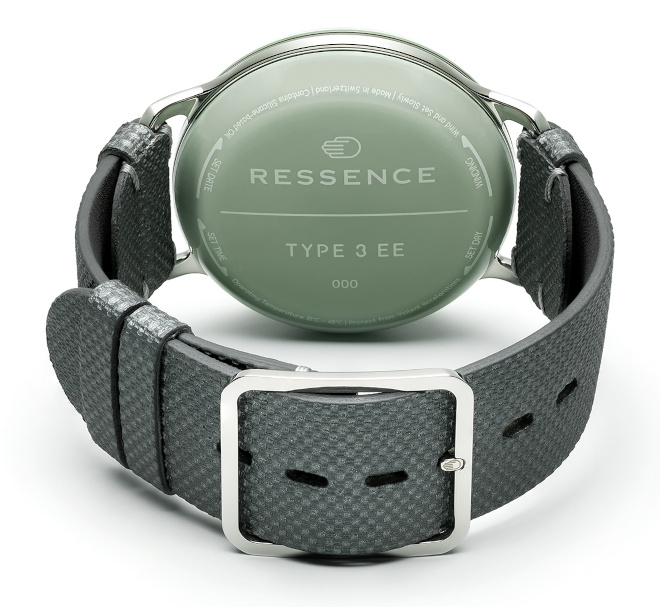
Speaking to Mintiens, he reiterates “I am interested in watches because it is an interesting product. I am a product designer, so I am interested in products more than I am interested in watches.” In looking at the watch from this viewpoint, Ressence is not afraid to explore options that are unorthodox within a traditional watch industry. For example, the idea of filling a watch with oil would normally destroy a mechanical movement but in the pursuit of legibility, Ressence created the Type 3, which does exactly that. The concept of filling the dial with oil comes from the principles of light refraction. Because oil and glass share similar refraction properties, it tricks the eye, making the dial look like it is right on the surface of the crystal.
To do this, the entire top half, including the ROCS module, is submerged in oil leaving the base movement below in a normal air-filled chamber. Then, to transmit the minute information from the base movement to the ROCS module which is now separated, they use micro-magnets to relay information. The easiest analogy to explain this is the magnetic aquarium cleaners where the one outside the aquarium is magnetically attached to its counterpart inside allowing the user to wipe the inner glass by moving the component on the outside.
For Ressence the fact that it was born outside the watchmaking industry gives it an unbridled approach to watch design. “Normal watchmaking always starts with the movement so we [Ressence] have a different approach leading to a different result. And all this stems from the design thinking approach where you really try to put the user at the centre of everything and work around the user and not around the movement and to me this is something that comes from the design world.”
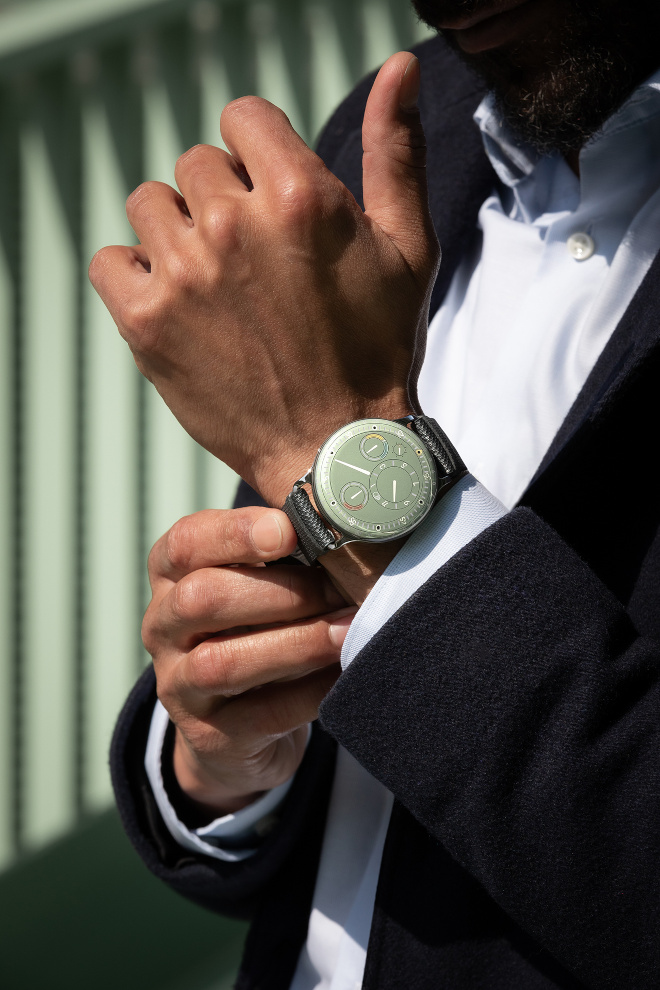
Ressence is one of those brands that truly offers a product unlike any other in the current watch industry. Having been born in Antwerp, Mintiens says “Belgium is sandwiched between France and Germany; the French take design very seriously, the Germans are serious, and Belgians have Belgitude, meaning we don’t take ourselves very seriously.”

